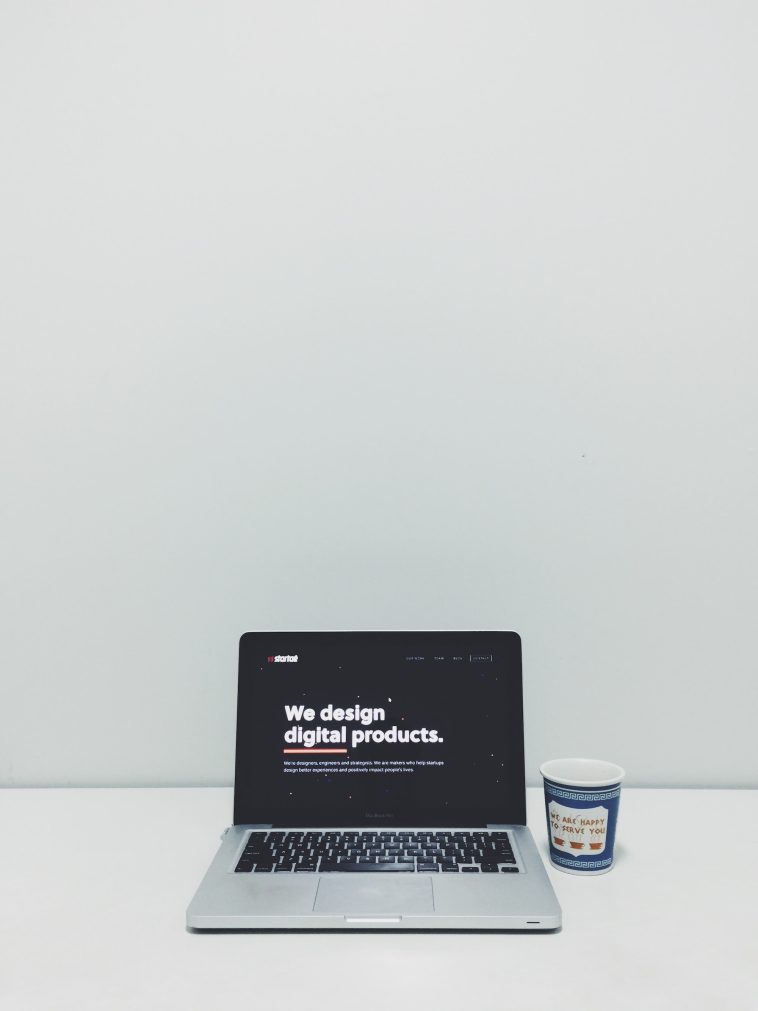Introduction.
Selling digital products online is one of the easiest ways to make money from your skills, hobbies, or experience. You don’t need a warehouse.
You don’t need to ship anything. And once you create the product, you can keep selling it again and again without touching it.
That’s why so many people—freelancers, content creators, small business owners, and even teachers—are turning to digital products.
Ebooks, templates, online courses, music, design assets, and software are all examples of digital products that are easy to sell and scale.
But here’s the thing: just having a digital product doesn’t mean people will buy it. You need a smart way to package it, price it, and promote it.
I’ve put together this guide to walk you through everything you need to know—without using complicated language or fancy business terms.
I’ll explain it like I would to a friend who’s just starting.
What Exactly Is a Digital Product?
A digital product is anything you can sell online without needing to physically ship it. It’s delivered through email, a download link, or access to a membership area.
Some popular examples:
- Ebooks or PDFs (like guides, planners, or recipe books)
- Printables (calendars, checklists, art prints)
- Online courses or workshops
- Canva templates, Notion templates, or PowerPoint slides
- Stock photos, music, or sound effects
- Software, plugins, or apps
If you’ve created something useful that others would pay for, you already have the foundation for a digital product business.
Why Digital Products are a Smart Choice
Here’s why I recommend digital products to anyone starting online:
- Low startup cost: You don’t need to buy inventory, rent space, or handle shipping.
- No limit to how many you can sell: Unlike physical items, digital products can be sold an unlimited number of times.
- Fully online: Everything—creation, selling, and delivery—can be done from your laptop.
- Flexible income stream: You can build passive income or use it as a side hustle.
According to a Statista report, global revenue from digital goods is expected to reach over $500 billion in 2025. That’s huge.
How Do I Sell My Digital Products Online?
Let’s break this down into steps that are simple to follow.
1. Choose a Profitable Idea
You don’t have to reinvent anything. People are always looking for tools that save time, teach something useful, or make life easier.
Ask yourself:
- What do people often ask me for help with?
- What skill do I have that others find valuable?
- What have I created before that people appreciated?
If you’re stuck, go to websites like:
- Etsy.com (for digital printables and templates)
- Gumroad.com (for indie creators)
- Udemy.com (for online courses)
Search for keywords related to your skill and see what people are already selling.
2. Create the Product
Once you have your idea, make it real. You don’t need fancy tools.
- Ebooks: Use Google Docs or Canva
- Courses: Use Loom to record your screen or voice, and upload to platforms like Teachable or Podia
- Templates: Use Canva, Notion, or Google Sheets
Make sure your product is:
- Easy to understand
- Visually clean and not cluttered
- Solves a clear problem
Remember: Done is better than perfect. You can always improve it later.
3. Pick Where You’ll Sell It
You can sell your product from:
- Marketplaces: Like Etsy, Gumroad, or Payhip (easy to start, built-in audience)
- Your website: Using platforms like Shopify, WordPress + WooCommerce, or Podia (more control, higher profit margins)
If you’re just getting started, I suggest you begin with Gumroad or Payhip. They’re beginner-friendly and handle payments and file delivery for you.
4. Price It Right
Most people underprice because they feel unsure. But pricing too low can make buyers think it’s low quality.
Here’s a rough guide:
- Ebooks: $5–$30
- Templates: $7–$50
- Courses: $20–$200+
You can always offer discount codes or bundle products together later, but start with a price that reflects the value you’re offering.
5. Promote It
This is where most people give up. You don’t need a huge following. You just need the right people to see your product.
Ways to promote:
- Email list: Start one with MailerLite, ConvertKit, or MailDrip.io (great for drip campaigns)
- Social media: Share content on TikTok, Instagram, or Twitter related to your product
- Pinterest: Still one of the best platforms for traffic, especially for templates, planners, or DIY content
- YouTube or a blog: Create helpful content that naturally leads people to your product
Pro tip: Use free tools like Canva to make promo images, or repurpose content from your product into social media posts.
6. Get Feedback and Improve
Your first version won’t be perfect—and that’s okay. Ask early buyers what they liked, what confused them, and what they wish it included.
Then update your product based on that feedback. This not only improves the product, but also shows that you care—leading to more word-of-mouth and repeat customers.
7. Automate and Scale
Once your product is live and selling, you can:
- Set up email automations to welcome new customers
- Create bundles or mini-products from the same content
- Offer upsells or affiliate programs
- License your product for others to resell
This is how creators grow from one digital product to a full-time income.
FAQs
Do I need to register a business before selling?
No, not at first. You can start as an individual. But if you start making consistent income, it’s smart to register a business and get your taxes sorted.
Can I sell to people outside my country?
Yes. Digital products can be sold globally. Platforms like Gumroad handle international payments and taxes like VAT.
What if someone steals or resells my product?
It can happen, but don’t let that stop you. Add a simple license or terms PDF with your product, and use platforms that protect file access. You can also use PDF watermarks or limit downloads if needed.
How do I take payments?
Most platforms integrate with PayPal or Stripe. They take a small percentage (usually around 3–5%) per transaction, but they handle the hard parts.
Final Thoughts
Selling digital products online is one of the best ways to make money on your own terms. You create something once and it can keep earning for months or years. It takes effort to set up, but once it’s live, the possibilities grow fast.
Start simple. Pick one idea. Launch it. Then improve it over time.
So—what’s the first digital product you’re going to create and sell?





GIPHY App Key not set. Please check settings